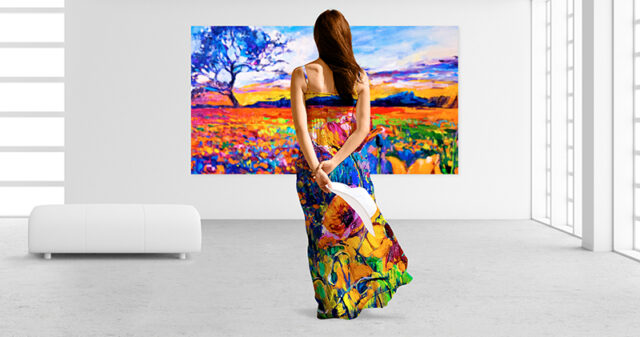
Digital printing on fabrics is one of the best ways to communicate your ideas to your customers. There are a plethora of things that you can achieve by combining textiles and digital printing. The interior designing of apparel differs from outdoor designing on applications such as gazebos and tents.
If you want to put your creative ideas into the artwork for printing textiles, you have landed on the right platform. But, when you do not feel like putting effort into creating artwork, consider hiring a digital fabric printing service to handle all the digital textile printing tasks for you. Below, you will find all the steps that will help you prepare your artwork for digital printing on fabrics.
Think Of A Relevant Topic
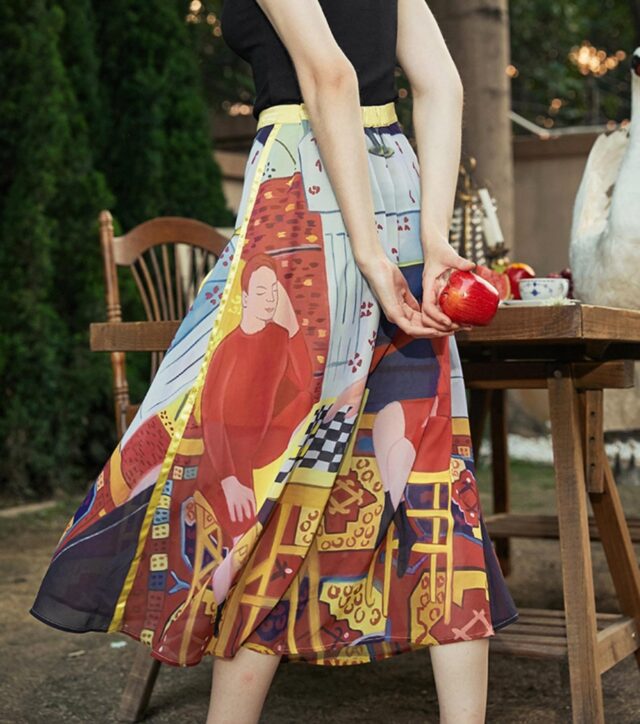
The first thing that should strike your mind while preparing a design is to consider a relevant topic. Understand whether you want to design a skirt, t-shirt, gown, or scarf. After you know what type of apparel you want to design, it becomes easier to prepare the artwork.
Suppose you want to prepare artwork for a child’s blanket. Then it would help if you considered whether the child is a girl or a boy to prepare a relevant design. Nowadays, check prints and plaid designs are common for woolen textiles. Choosing a topic you want to work on gives you a kickstart in this design process.
Choosing An Element
The next step involves choosing an element you want to incorporate into your artwork. Remember to select an element based on your fabric. You can consider an element as a form of a drawing or an illustration. Start by making a square or a circle and understand what type of basic motifs fits best in that square or circle.
For example, if you want to print a floral design, you must decide if you wish to print on one or more flower varieties. However, if you are willing to print a plaid or check pattern, consider filling the entire space with as many checks as possible. It is one of the best ways to identify how many squares or circles you would require to design the complete cloth. You can draw these patterns by hand or using numerous digital design tools available on the internet.
Using A Professional Software To Repeat The Pattern
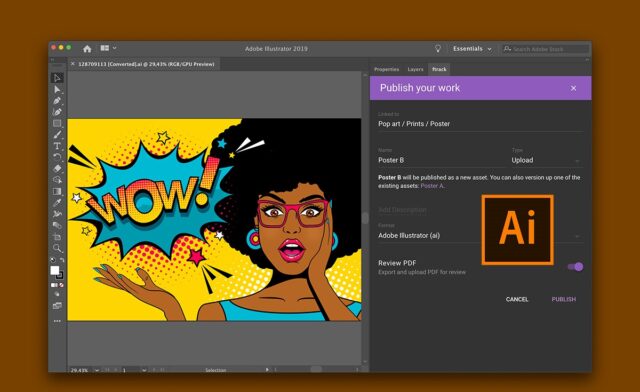
You have the freedom to draw patterns as per your desire. Whether you want to prepare the sample artwork with your hand or software, it is completely up to you. But it is suggested to use professional software such as Illustrator, Inkscape, and Photoshop to repeat the pattern to fill in the entire space on the cloth. Examples of natural ways to prepare artwork for your designs include batik prints, tie and dye, bandhani, and shibori patterns.
Choosing The Right Fabric
One of the most crucial steps in preparing the artwork is to choose the right fabric. It is important to know that every artwork will not suit all textile materials. The same artwork will look different on different types of fabrics. Therefore, you must be careful while choosing the fabric for your prepared designs.
Let us take an example to elaborate on this point. Suppose you have prepared a beautiful floral pattern. Such designs look best on fabrics like silk and mul cotton. Choosing the right fabric will make the artwork’s colors appear more refreshing and vibrant.
Do’s And Don’ts While Preparing Artwork For Digital Fabric Printing
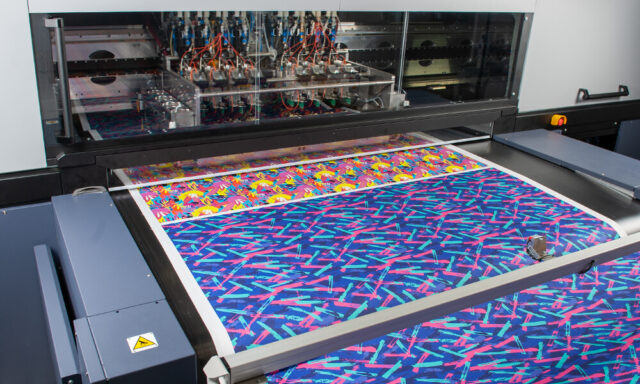
1. Setting up the files correctly
The most important thing you must remember while digital printing patterns on textiles is to set up the file correcting from the start of the process. You must know that every printer has a different workflow. Setting up the files correctly in the printer would help you get the expected results.
2. Do not fill large areas with dark colors
When dark colors are printed on fabrics, their intensity is not the same as on the screen. Black prints usually look more vintage, depending on your chosen textile material. Try to break up a large area into smaller ones if you want to fill in dark colors. By doing this, you will get a much better outcome.
3. Do consider creating a sample
You do not know how the design you imagine will look when printed on the cloth. Therefore, it is always suggested to create a sample first. Try to include all the colors and patterns in the sample you desire to work with. It will help you understand what looks the best on the fabric.
When you create a sample, you can make any number of changes according to your preferences. It saves not only your time but also money. Therefore, always create a sample or trial work before printing the entire cloth with that design.
4. Do not use low-quality images to prepare your artwork
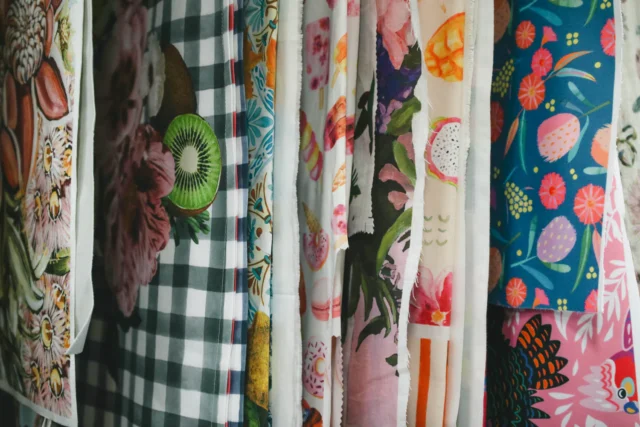
You must use high-quality images sparingly while preparing your artwork for digital fabric printing. The low-quality photos that don’t appear clear on the screen will also not look good when printed on the cloth. Ensure that the pictures you have chosen must be at a scale of 1:1 during printing.
To Sum Up
Preparing artwork for digital textile printing can be challenging, especially for a beginner. Creating designs to be printed on fabrics is one of the best ways to explore your creativity. It will also help you in conveying your ideas to your clients. The first step for building an artwork is to find a relevant topic. Once you know what type of cloth or apparel you want to design, the entire process becomes easier.
After choosing a relevant topic, the next step is to pick an element for creating a trial or sample. Samples play a crucial role while preparing artwork for digital textile printing. Once the sample is made, it is time to repeat the pattern on the entire cloth using software like Photoshop or Inkscape. The last step involves choosing the right fabric for printing the artwork. Remember to select a textile material where your artwork fits the best.









